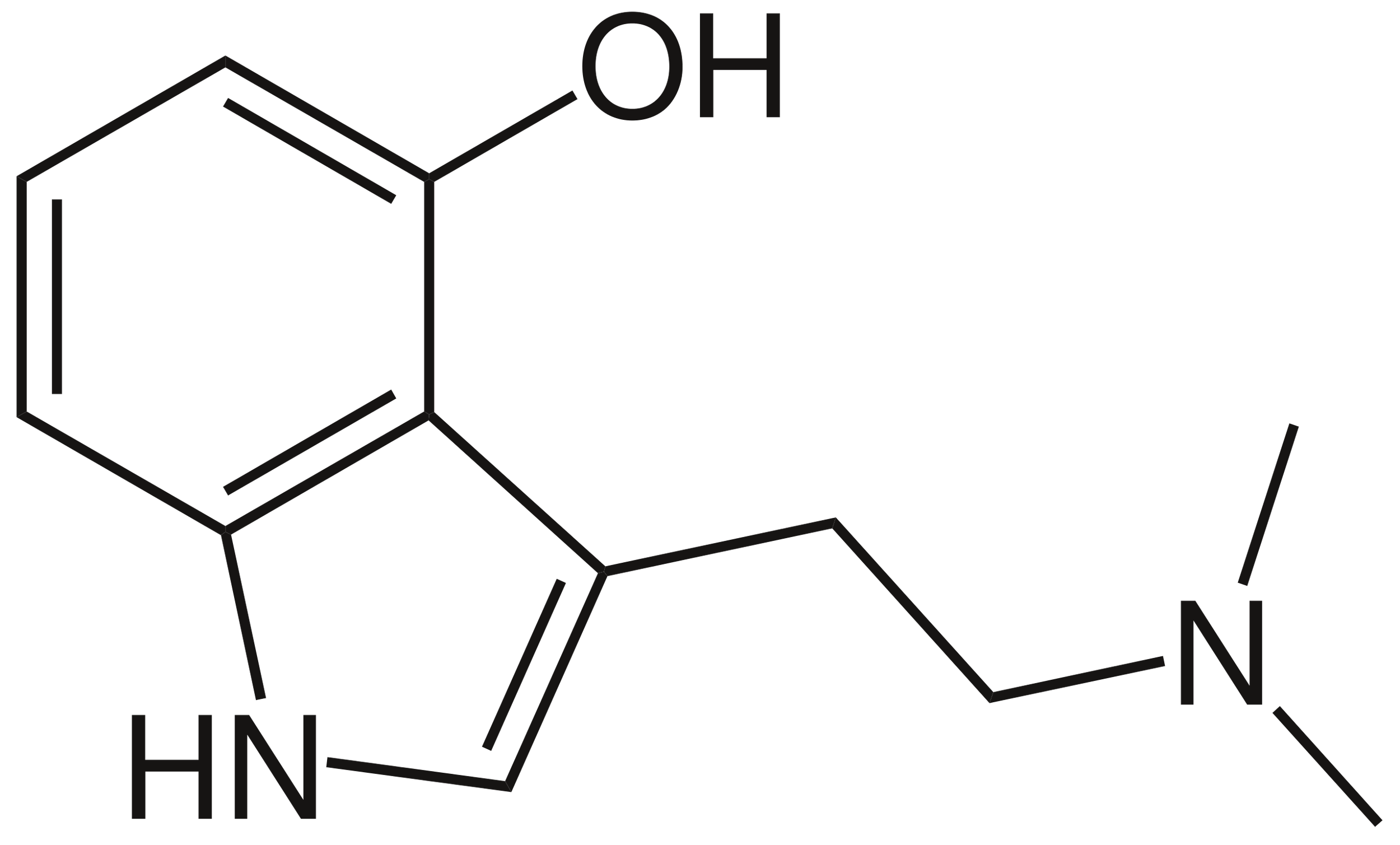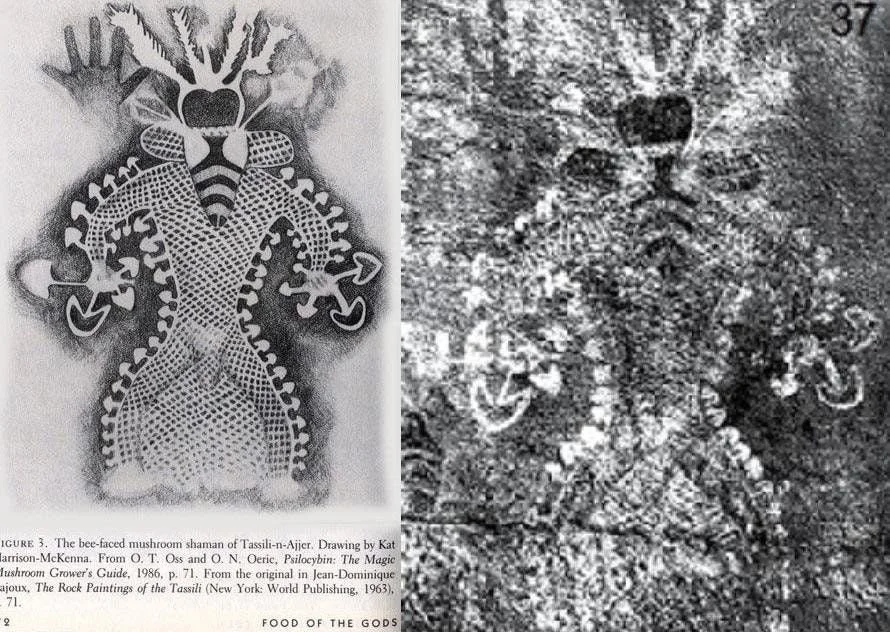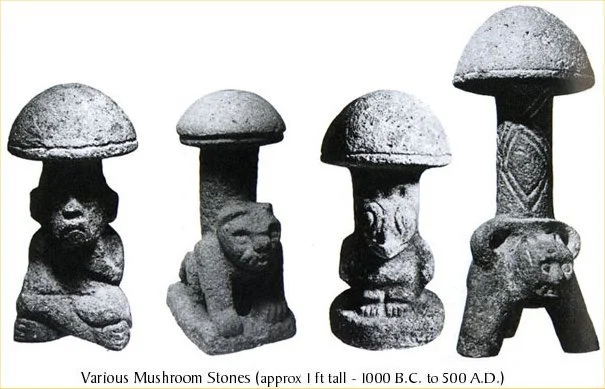
Psilocybe Cubensis
Psychedelic Mushrooms
Legal Psilocybin in Oregon
In 2020 voters in the state of Oregon chose to become part of history. Oregon was to become the first regulated market of psychedelic medicine in the world. Any person over the age of 21 has access psilocybin, no prescription or doctor referral is required. Oregon began issuing licenses to facilitators, service centers, and manufacturers in 2023.
Psilocybin services consists of 3 steps: preparation, administration, and integration. All psilocybin products must be cultivated or produced by a licensed psilocybin manufacturer and may only be provided to a client at a licensed psilocybin service center during an administration session. Psilocybin facilitators are trained and licensed through the Oregon health Authority and are the main contact throughout the experience. Facilitators are trained to provide safe and comforting care and are required to take a “non-directive” approach to facilitation (no interpretations, no diagnosis).
At Cap and Stem Northwest, we support the state-regulated models of psychedelic mushrooms. We believe that all people should have equitable access to safe, convenient, and affordable psychedelic care. Life Trek LLC is a group of facilitators and psychedelic professionals in the Willamette Valley who have been operating under the Oregon model since 2023. Click below to learn more about Life Trek LLC, and schedule an appointment today!
Science
-
Psilocybin and its analyte, psilocin, is organically structured very similar to serotonin. Serotonin is an important neurotransmitter responsible for mood, cognition, memory, learning and reward pathways.
Due to its similar molecular shape, psilocybin has similar chemical interactions and impact on our mood, cognition, memory, learning and reward pathways.
-
Psychedelic journeys, facilitated by psilocybin, have been the subject of scientific research into their effects on consciousness, mental health, and well-being. Studies have shown that under supervised and controlled conditions, psychedelic experiences can induce profound alterations in consciousness characterized by increased introspection, emotional breakthroughs, and ego dissolution. These experiences often lead to a sense of interconnectedness, mystical-type experiences, and profound insights into one's personal life and existence. Scientific research has also demonstrated potential therapeutic benefits of psychedelic journeys, particularly in the treatment of mental health disorders such as depression, anxiety, PTSD, and substance use disorders. These effects are thought to be mediated by the modulation of serotonin receptors, increased neural plasticity, and changes in brain connectivity patterns induced by psychedelic compounds.
-
Psychedelic compounds have been shown to promote neuroplasticity, the brain's ability to reorganize and form new neural connections. Research suggests that psychedelics like psilocybin, LSD, and ayahuasca can induce changes in brain structure and function that support neuroplasticity. These changes include increased synaptogenesis, dendritic branching, and alterations in brain connectivity patterns. By promoting neuroplasticity, psychedelics may facilitate learning, memory formation, and emotional regulation. Additionally, psychedelics have shown promise in the treatment of mental health disorders such as depression, anxiety, and trauma related issues, with neuroplasticity playing a key role in the therapeutic effects observed. Further research into the mechanisms underlying psychedelic-induced neuroplasticity may uncover new avenues for treating mental health conditions and enhancing overall brain function.
History
Psychedelic mushrooms have been used by humans for thousands of years. Cave pictures in Algeria (see pictured) indicate that humans have been consuming psychedelic mushrooms 6,000 to 8,000 BC. Indigenous cultures have long held sacred ceremonies and rituals involving psychedelic mushrooms. Many ancient religions were created, or influenced by psychedelic substances including mushrooms. Archeological artifacts, as in the ‘mushroom stones’ found in Guatemala (see pictured), suggest that psychoactive mushrooms were used in celebration by the Mayan and Aztec people for many generations before Spanish explorers invaded the land and outlawed these practices. In Nahuatl, the language of the Aztecs, the mushrooms were called teonanácatl, or "God's flesh".
Psychedelic mushrooms were “re-discovered” by the western world in the 1950s when a couple young american mycologists traveled to an indigenous village in the mexican highlands. The story of Maria Sabina reflects the complexities of cultural exchange, exploitation, and the clash between traditional practices and modern influences.
María Sabina Magdalena García was a Mazatec shaman and poet known for her healing ceremonies involving the ritual use of psilocybin mushrooms in Huautla de Jiménez, Mexico. Born in the late 19th century, she grew up in a family with a tradition of shamanism. María Sabina's veladas, or mushroom ceremonies, attracted the attention of Westerners, notably R. Gordon Wasson, who visited her in 1955 and later publicized his experience in Life magazine (despite promises to protect privacy). This exposure led to an influx of outsiders seeking the psychedelic experience, which disrupted the traditional Mazatec customs and brought unwanted attention from authorities. María Sabina faced backlash from her community and endured hardships, including poverty, ostracism, and the loss of her son.
In 1958, the Swiss chemist Albert Hoffman isolated psilocybin and psilocin from the mushroom Psilocybe mexicana. Hofmann's employer marketed and sold pure psilocybin to physicians and clinicians worldwide for use in psychedelic therapy.
In the 1960s our understanding of mental health was incomplete and full of bias, the Diagnostics Statistics Manual listed homosexuality as a medical disorder, in need of treatment until the mid 70’s. Psilocybin, and other psychedelic drugs were used numerous times in harmful experiments designed to ‘cure’ someone of being homosexual. These psychedelic conversion therapists exploited queer patients’ affective needs for love, safety, and acceptance, to weaponize medicine into tools to support anti-gay narratives.
The War on Drugs began in the 70s under the Nixon administration, legislation enacted by the US federal government, intended to reduce or eliminate the production, distribution, and use of illicit drugs. The goal was to reduce the supply and demand for illegal drugs, but an ulterior racial motivation has been proposed. The War on Drugs has led to controversial legislation and policies, including mandatory minimum penalties and stop-and-frisk searches, which have been suggested to be carried out disproportionately against minorities.The effects of the War on Drugs are contentious, with some suggesting that it has created racial disparities in arrests, prosecutions, imprisonment, and rehabilitation. In addition to disparities in enforcement, some claim that the collateral effects of the War on Drugs have established forms of structural violence, especially for minority communities.
In recent years, psilocybin has gained traction in legitimate medical research and media coverage. Its popularity grew rapidly after several articles and books were published showcasing the impacts psilocybin has on anxiety, depression, substance abuse, and end of life care.
A stigma remains in many communities, millions of people struggle to be open about their mental health, and psychedelic medicine holds many cultural taboos. We hope to help dissolve these barriers using quality education about the science and history of psychedelic medicine, good and bad.
“The Nixon campaign in 1968, and the Nixon White House after that, had two enemies: the antiwar left and black people. You understand what I'm saying? We knew we couldn't make it illegal to be either against the war or black, but by getting the public to associate the hippies with marijuana and blacks with heroin, and then criminalizing both heavily, we could disrupt those communities. We could arrest their leaders, raid their homes, break up their meetings, and vilify them night after night on the evening news. Did we know we were lying about the drugs? Of course we did.”
— John Ehrlichman, former Nixon aide, interview with Dan Baum
At Cap and Stem Northwest, we are committed to supporting individuals interested in exploring psychedelic medicine through education, integration support, and our Psychedelic Scholarship program. Our scholarship operates on a sliding scale and offers packages for medium doses, ensuring safe and affordable psychedelic experiences for interested people 21 years of age or older. We firmly believe that everyone in need of psychedelic medicine should have access to it in a safe and supportive environment.
Partnering with LifeTrek LLC, an experienced organization dedicated to expanding and protecting safe, affordable, state-regulated access to psychedelic healing, we share a common goal: to provide accessible psychedelic medicine for all who need it. Together, we aim to break down barriers and ensure that individuals seeking psychedelic therapy can do so safely and affordably.






